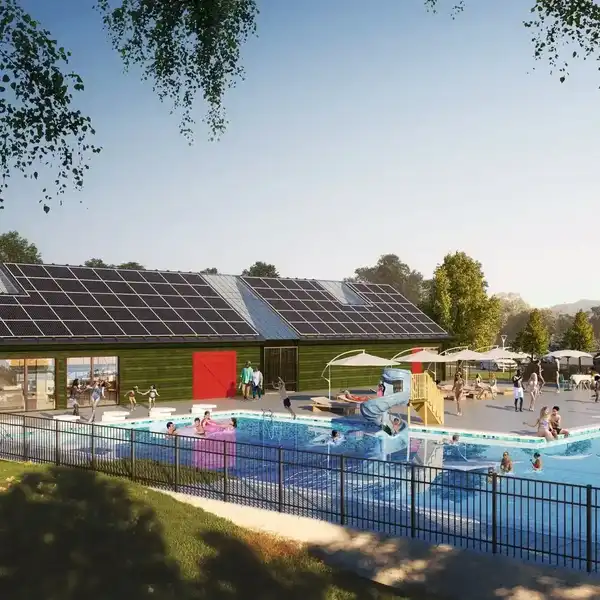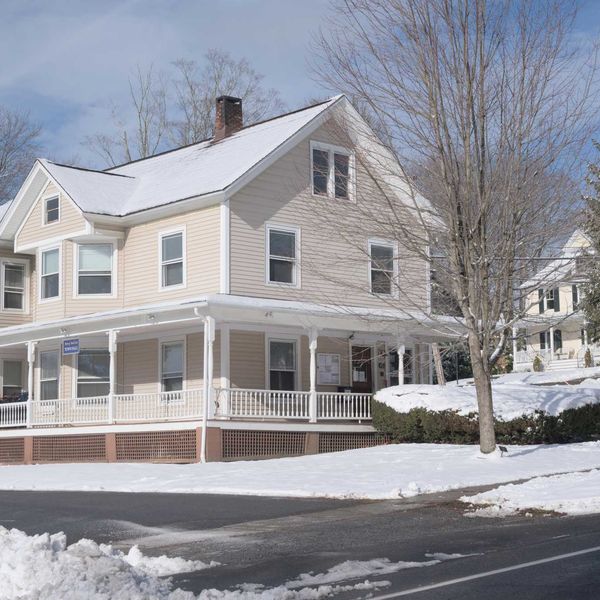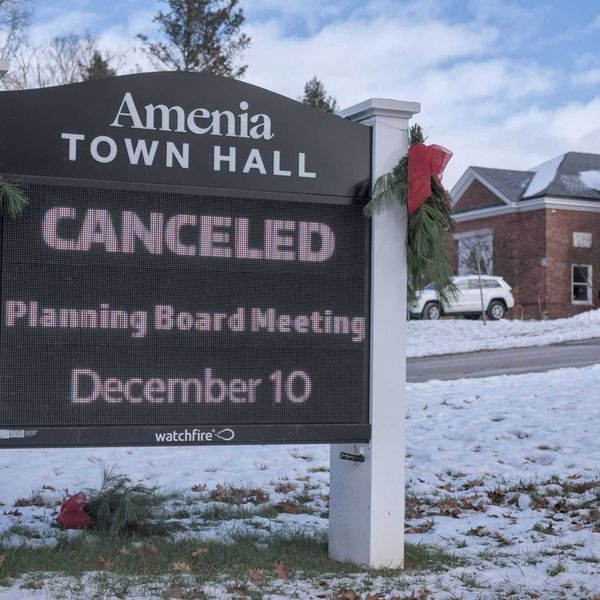Letter from the farm: The argument for CSAs
Signing up for a CSA is one of the most effective ways to support small farms and help community agriculture thrive
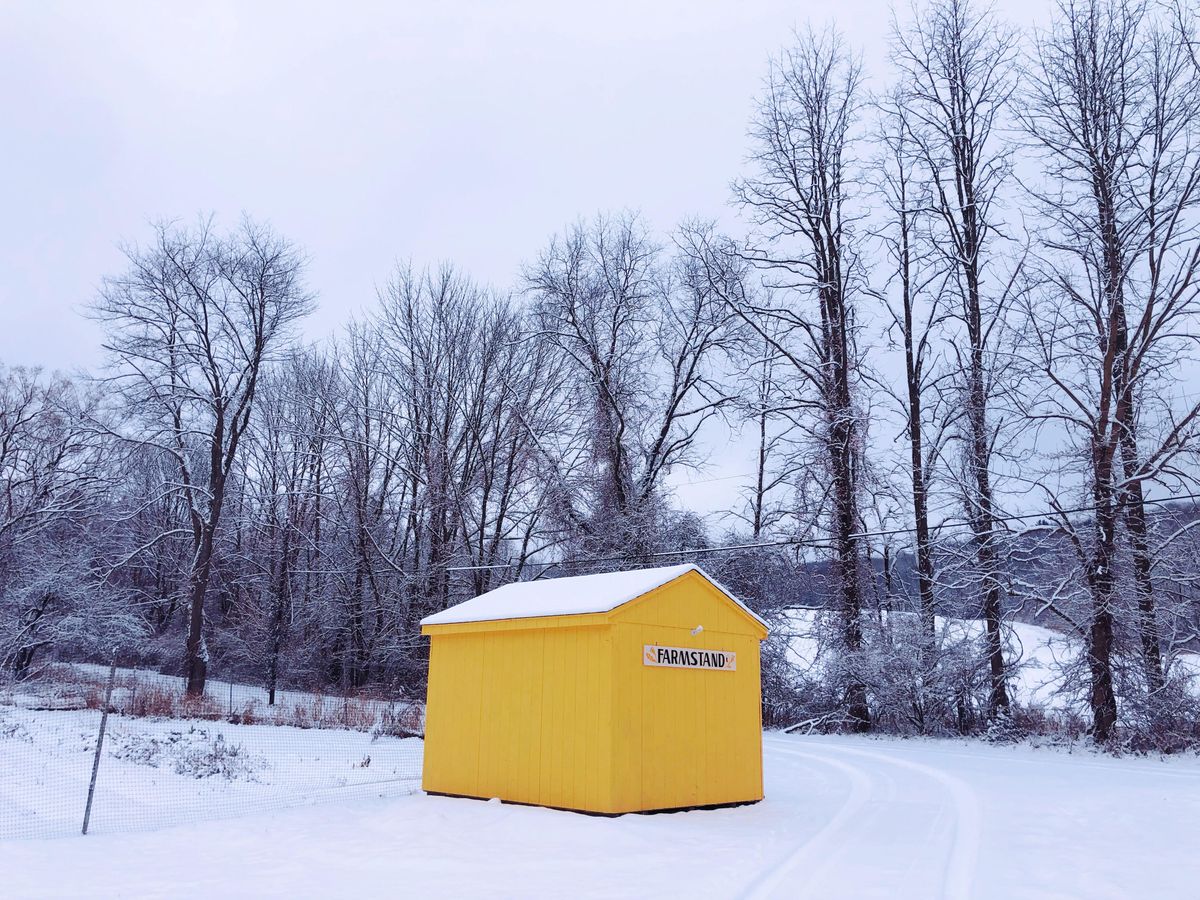
The farmstand at Foxtrot Flower Farm in Stanfordville is closed up for the winter.
Kate Farrar







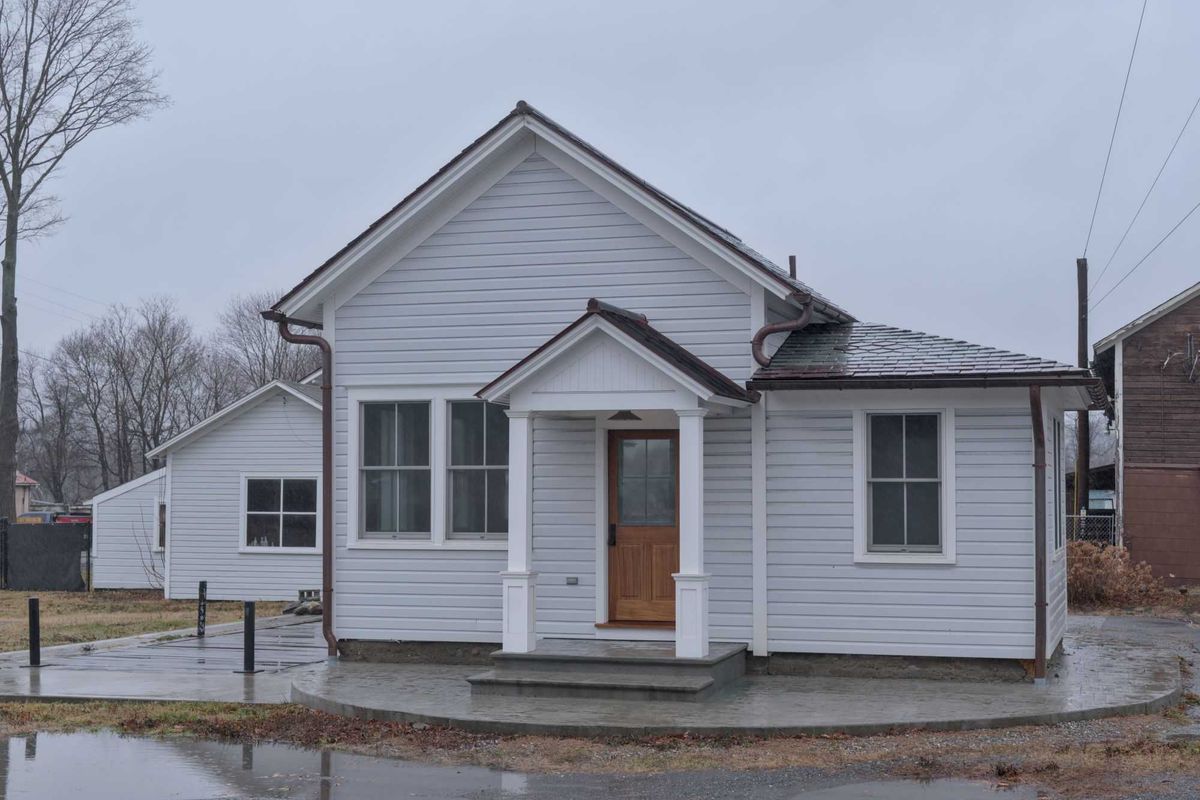
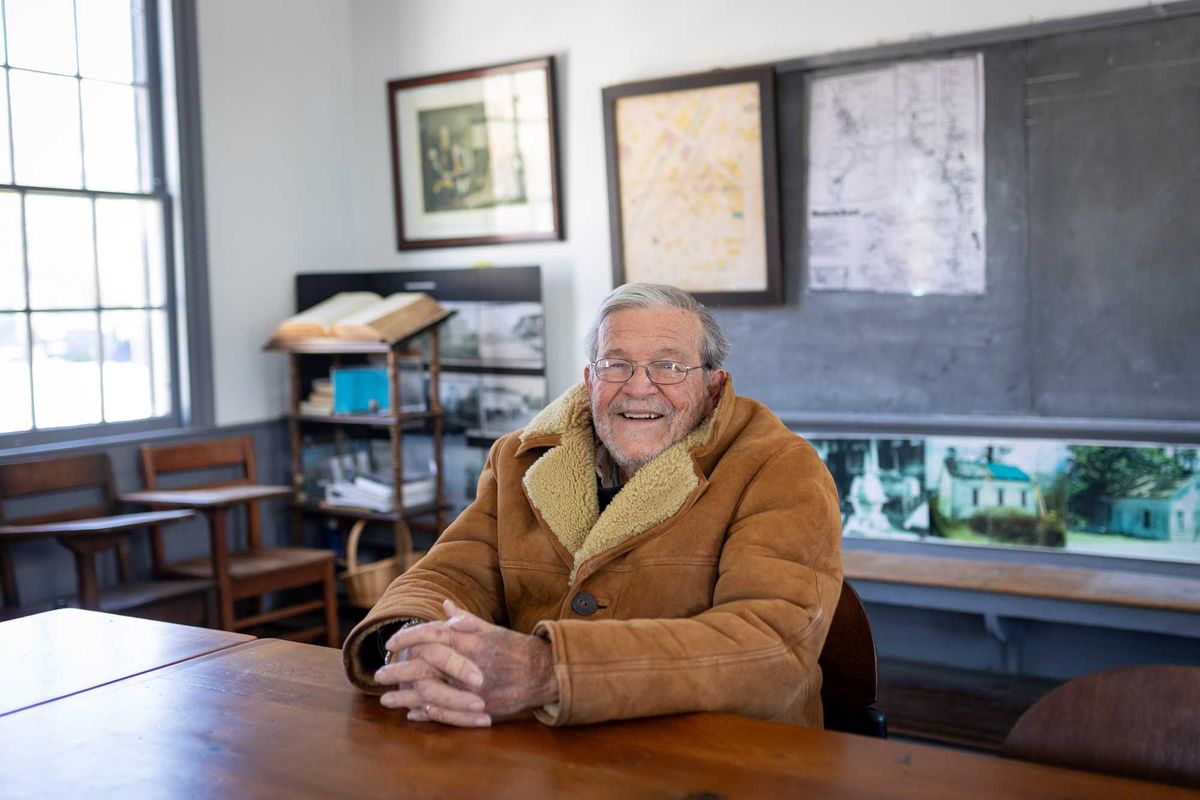
 Ralph Fedele sits at a table in the historic Irondale Schoolhouse in downtown Millerton. Fedele led the effort to renovate and relocate the schoolhouse to the center of the village.Photo by Aly Morrissey
Ralph Fedele sits at a table in the historic Irondale Schoolhouse in downtown Millerton. Fedele led the effort to renovate and relocate the schoolhouse to the center of the village.Photo by Aly Morrissey

